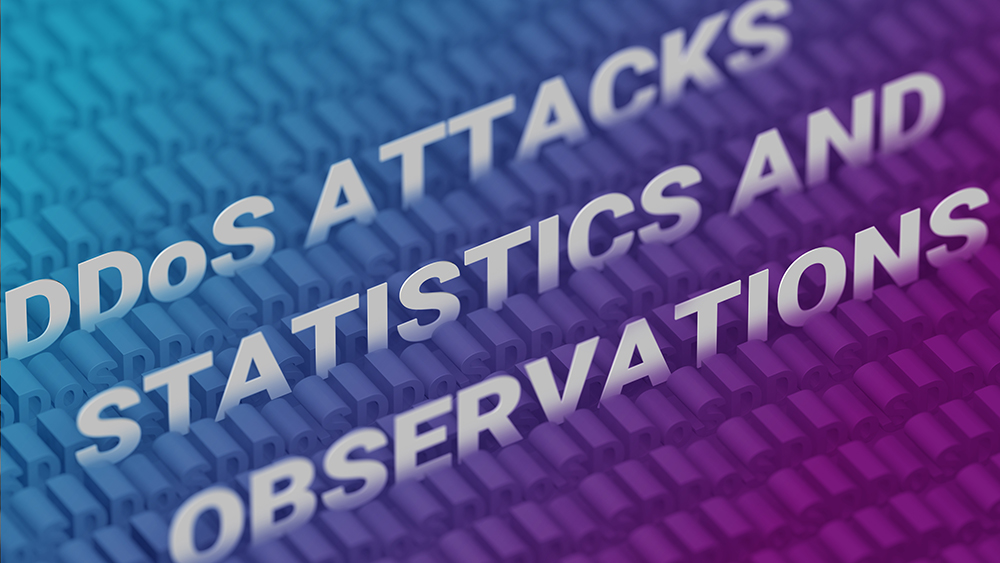
With the end of the 2022' third quarter, we invite you to take a tour into DDoS attacks mitigation and BGP incidents statistics recorded from July to September.

With the end of the 2022' third quarter, we invite you to take a tour into DDoS attacks mitigation and BGP incidents statistics recorded from July to September.

The National Internet Segment Reliability Research explains how the outage of a single Autonomous System might affect the connectivity of the impacted region with the rest of the world. Generally, the most critical AS in the region is the dominant ISP on the market, but not always.
As the number of alternate routes between ASes increases (the "Internet" stands for "interconnected networks" - and each network is an AS), so does the fault-tolerance and stability of the Internet across the globe. Although some paths are more important than others from the beginning, establishing as many alternate routes as possible is the only viable way to ensure an adequately robust network.
The global connectivity of any given AS, whether an international giant or a regional player, depends on the quantity and quality of its path to Tier-1 ISPs.
Usually, Tier-1 implies an international company offering global IP transit service over connections with other Tier-1 providers. Nevertheless, there is no guarantee that such connectivity will always be maintained. For many ISPs at all "tiers", losing connection to even one Tier-1 peer would likely render them unreachable from some parts of the world.
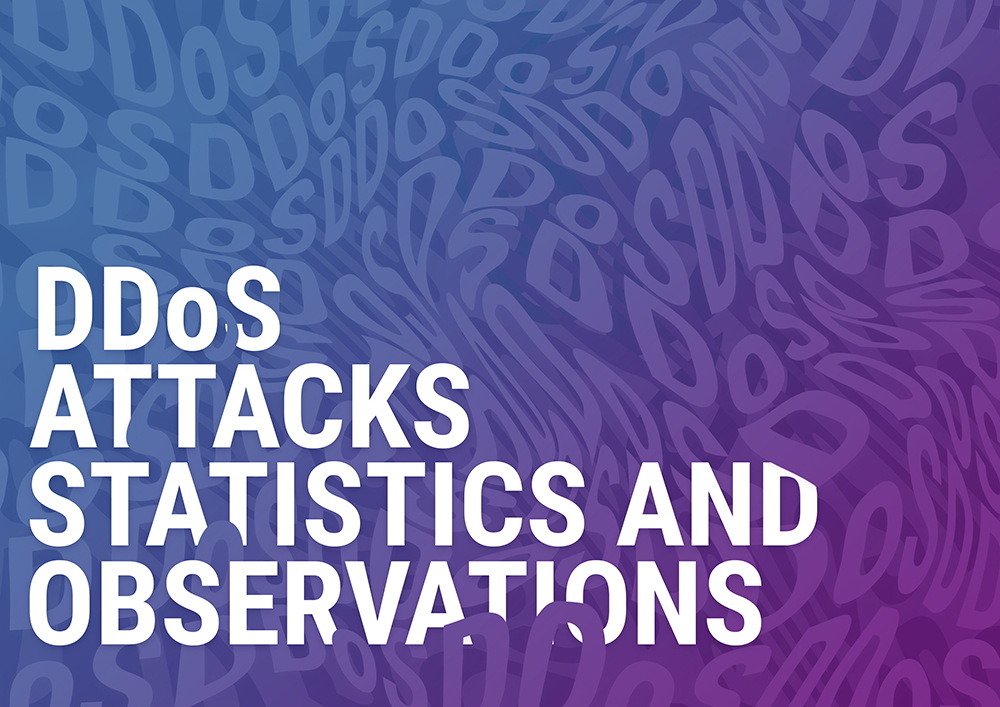
The second quarter of the year has ended and, as usual, we take a look back at the mitigated DDoS attacks activity and BGP incidents that occurred between April and June 2022.
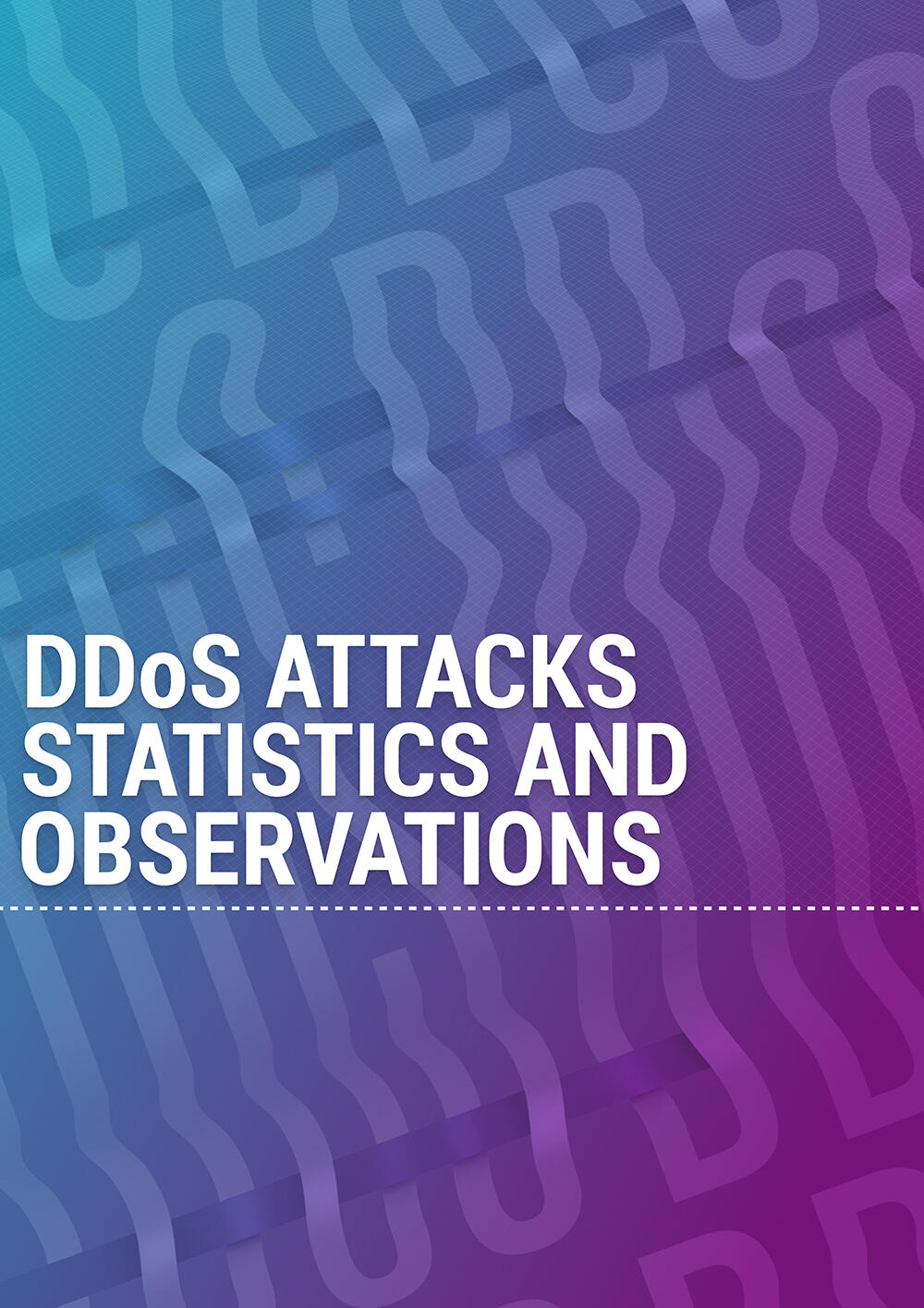
The first quarter of the year 2022 has passed; now, it is time to look at the events of Q1 in terms of mitigated DDoS activity and recorded BGP incidents.
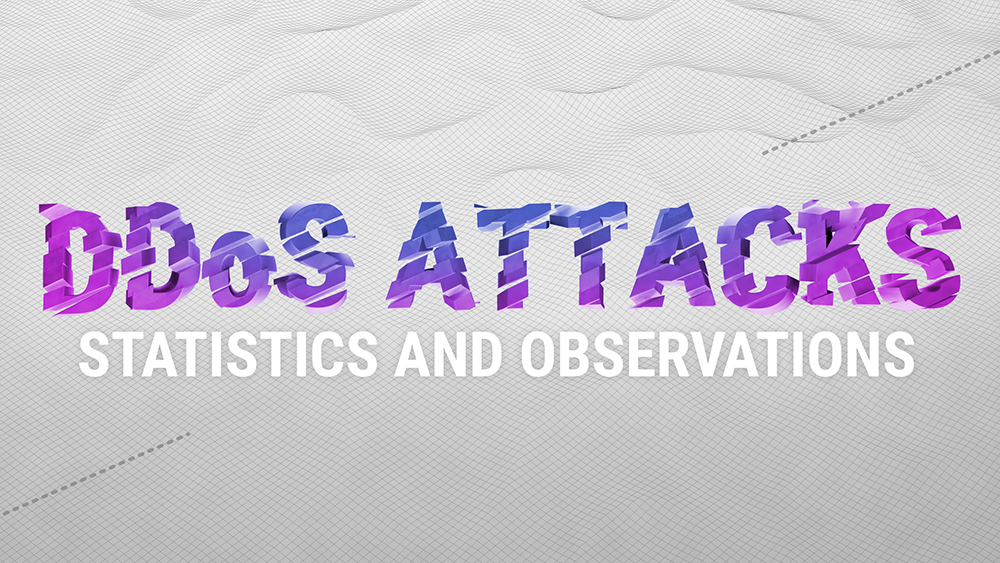
2021 was an action-packed year for Qrator Labs.
It started with the official celebration of our tenth year anniversary, continued with massive routing incidents, and ended with the infamous Meris botnet we reported back in September.
Now it is time to look at the events of the last quarter of 2021. There are interesting details in the BGP section, like the new records in route leaks and hijacking ASes, but first things first, as we start with the DDoS attacks statistics.
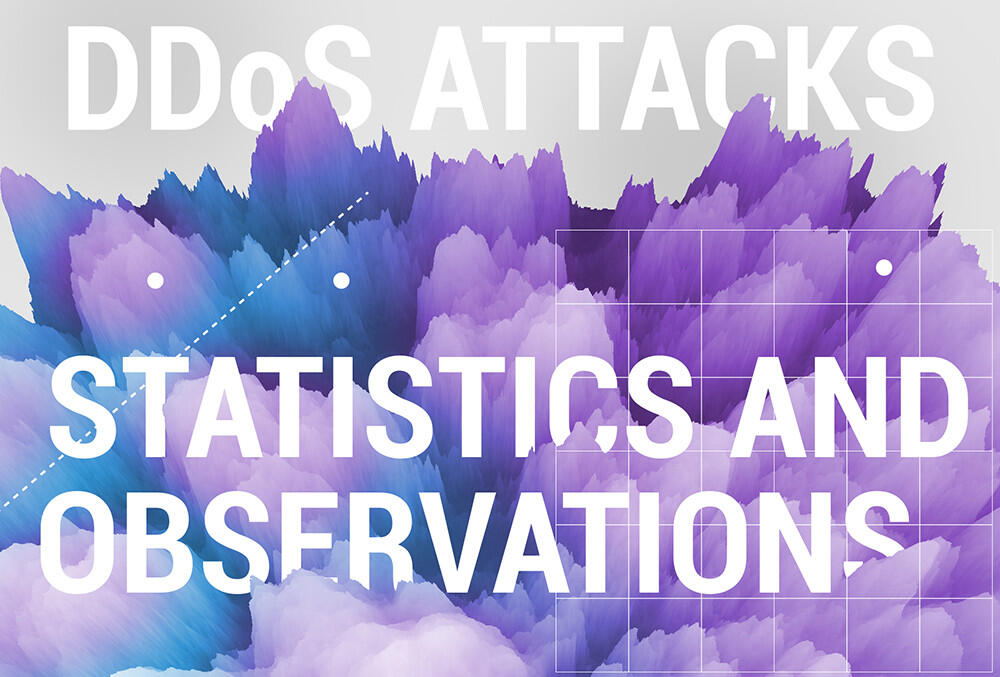
The third quarter of 2021 brought a massive upheaval in the scale and intensity of DDoS attacks worldwide.
It all led to September when together with Yandex, we uncovered one of the most devastating botnets since the Mirai and named it Meris, as it was held accountable for a series of attacks with a very high RPS rate. And as those attacks were aimed all over the world, our quarterly statistics also changed.
This quarter, we've also prepared for your consideration a slice of statistics on the application layer (L7) DDoS attacks. Without further ado, let us elaborate on the details of DDoS attacks statistics and BGP incidents for Q3, 2021.

The National Internet Segment Reliability Research explains how the outage of a single Autonomous System might affect the connectivity of the impacted region with the rest of the world. Most of the time, the most critical AS in the region is the dominant ISP on the market, but not always.
As the number of alternate routes between AS’s increases (and do not forget that the Internet stands for “interconnected network” - and each network is an AS), so does the fault-tolerance and stability of the Internet across the globe. Although some paths are more important than others from the beginning, establishing as many alternate routes as possible is the only viable way to ensure an adequately robust network.
The global connectivity of any given AS, regardless of whether it is an international giant or regional player, depends on the quantity and quality of its path to Tier-1 ISPs.
Usually, Tier-1 implies an international company offering global IP transit service over connections with other Tier-1 providers. Nevertheless, there is no guarantee that such connectivity will be maintained all the time. For many ISPs at all “tiers”, losing connection to even one Tier-1 peer would likely render them unreachable from some parts of the world.

The second quarter of 2021 was expected to be much quieter than the Q1 in DDoS attacks; hence we're looking at the late spring and early summer months of April, May and June, with somewhat cooled business buzz globally. Although, some attacking activity was in place during the European Football Championship in June-July, focusing mainly on the betting industry.
We're here to disclose available details of DDoS attacks statistics and BGP incidents for Q2, 2021.
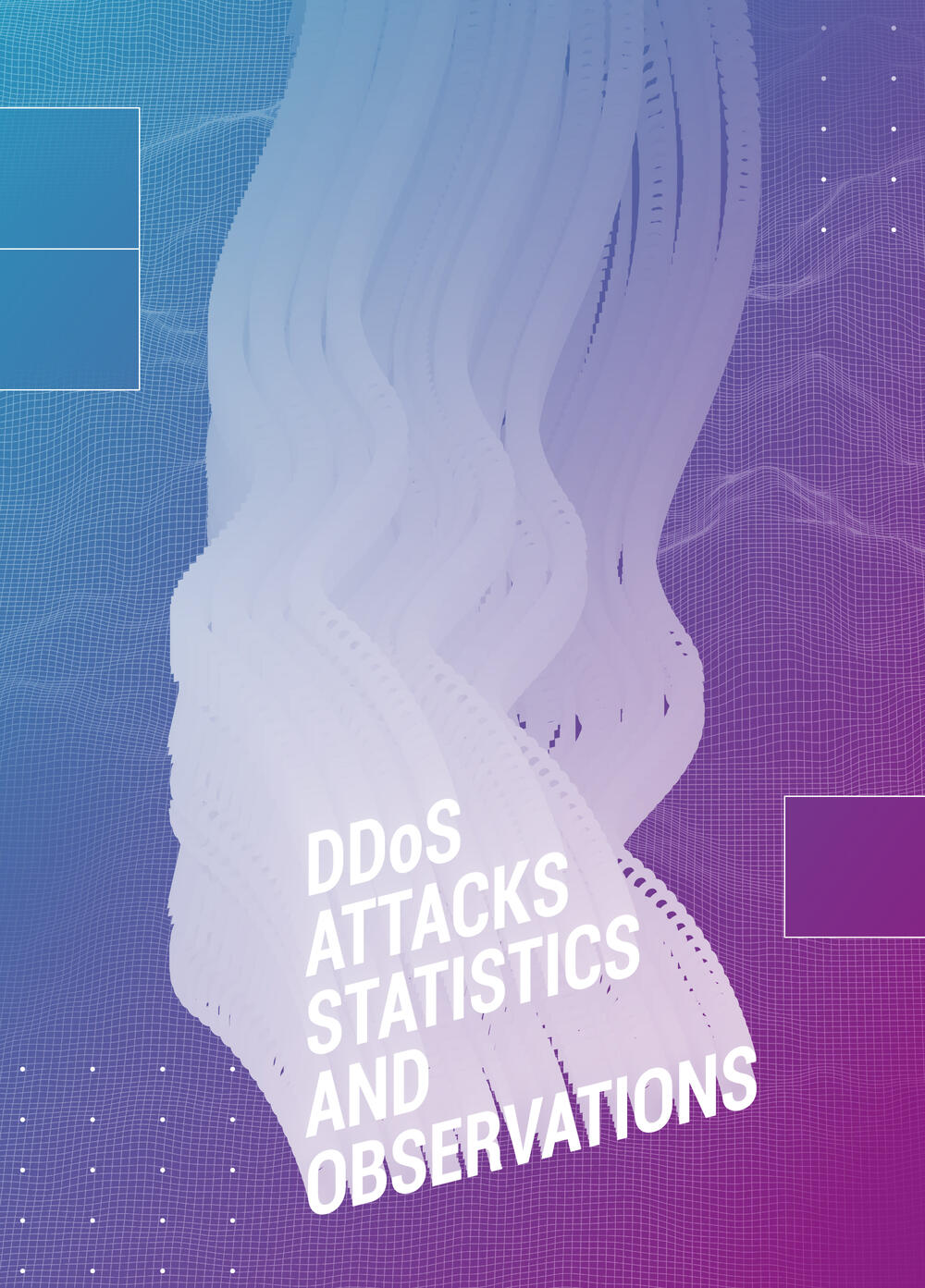
The year 2021 started on such a high note for Qrator Labs: on January 19, our company celebrated its 10th anniversary. Shortly after, in February, our network mitigated quite an impressive 750 Gbps DDoS attack based on old and well known DNS amplification. Furthermore, there is a constant flow of BGP incidents; some are becoming global routing anomalies. We started reporting those in our newly made Twitter account for Qrator.Radar.
Nevertheless, with the first quarter of the year being over, we can take a closer look at DDoS attacks statistics and BGP incidents for January - March 2021.